Orchids are one of the most elegant and captivating plants you can grow at home. Their exotic, long-lasting flowers and graceful appearance make them a favorite among indoor plant enthusiasts and gardeners alike. Despite their reputation for being fussy, orchids are surprisingly resilient and can thrive with the right care.
If you’ve recently added an orchid to your plant collection or are considering growing one, this guide will walk you through everything you need to know about how to properly care for an orchid plant. From choosing the right pot to encouraging repeat blooms, you’ll learn how to keep your orchid healthy and beautiful year-round.
Why Choose Orchids?
Before diving into care tips, let’s explore why orchids are such a popular plant:
- Elegant and long-lasting blooms that can last several weeks to months.
- A wide variety of species and colors — over 25,000 species and 100,000 hybrids.
- Air-purifying qualities that help freshen indoor environments.
- Symbolic significance in many cultures, representing love, beauty, and strength.
- Can be grown both indoors and outdoors in suitable climates.
Popular beginner-friendly orchid varieties include Phalaenopsis (Moth Orchid), Cattleya, Dendrobium, and Oncidium.
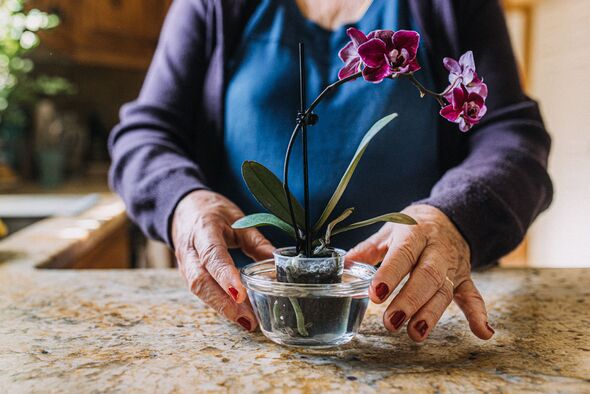
Best Growing Conditions for Orchids
While different orchid species have their preferences, most share similar environmental needs. Here’s how to create the perfect conditions for your orchid:
1. Light Requirements
Orchids need bright, indirect light to thrive.
- Indoors: A south or east-facing window is ideal.
- Avoid direct afternoon sunlight, which can scorch the leaves.
- If your home lacks natural light, supplement with fluorescent grow lights.
Tip: Healthy orchid leaves should be bright green. Dark green leaves suggest too little light, while yellowish leaves indicate too much.
2. Temperature and Humidity
Orchids prefer a balance of warmth and humidity:
- Daytime temperatures: 65°F to 80°F (18°C to 27°C)
- Nighttime temperatures: 55°F to 65°F (13°C to 18°C)
- Humidity: 50% to 70%
If your home is dry:
- Use a humidity tray or room humidifier.
- Group plants together to increase ambient moisture.
- Mist the leaves occasionally, but avoid water sitting in the crown of the plant.
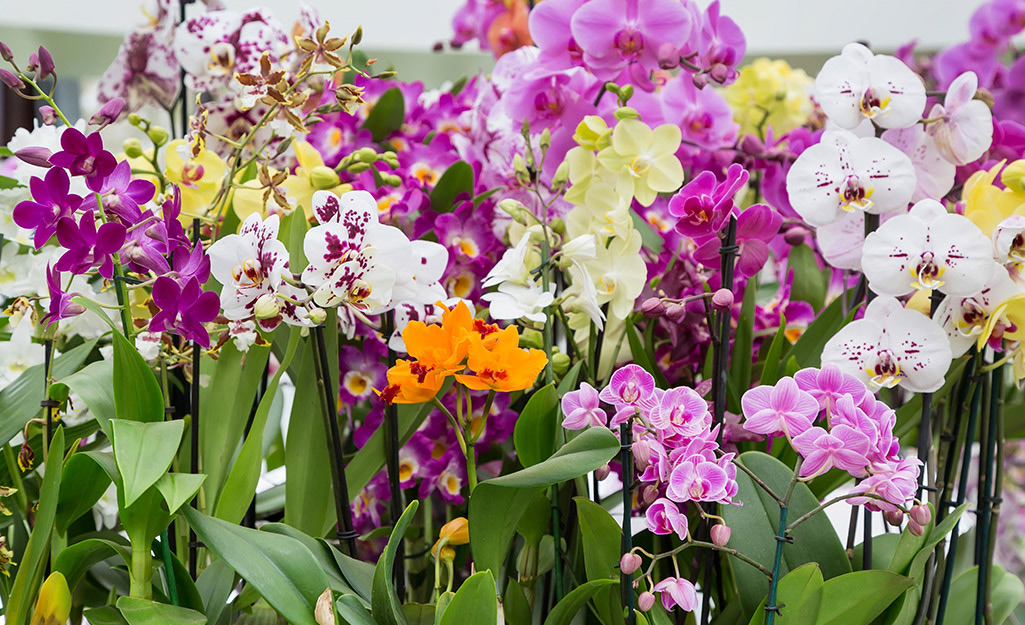
Choosing the Right Pot and Potting Medium
Unlike most houseplants, orchids are epiphytes in the wild, meaning they grow on trees and absorb moisture from the air. This unique habit means they need specific potting and drainage conditions.
1. Orchid Pots
Use a pot with:
- Plenty of drainage holes
- Good airflow around the roots
Clear plastic orchid pots are popular because they allow you to monitor root health and moisture levels.
2. Potting Medium
Orchids thrive in a well-draining, chunky mix. Ideal materials include:
- Bark chips
- Sphagnum moss
- Perlite
- Charcoal
- Coconut husk
Avoid regular potting soil, as it retains too much moisture and can suffocate the roots.
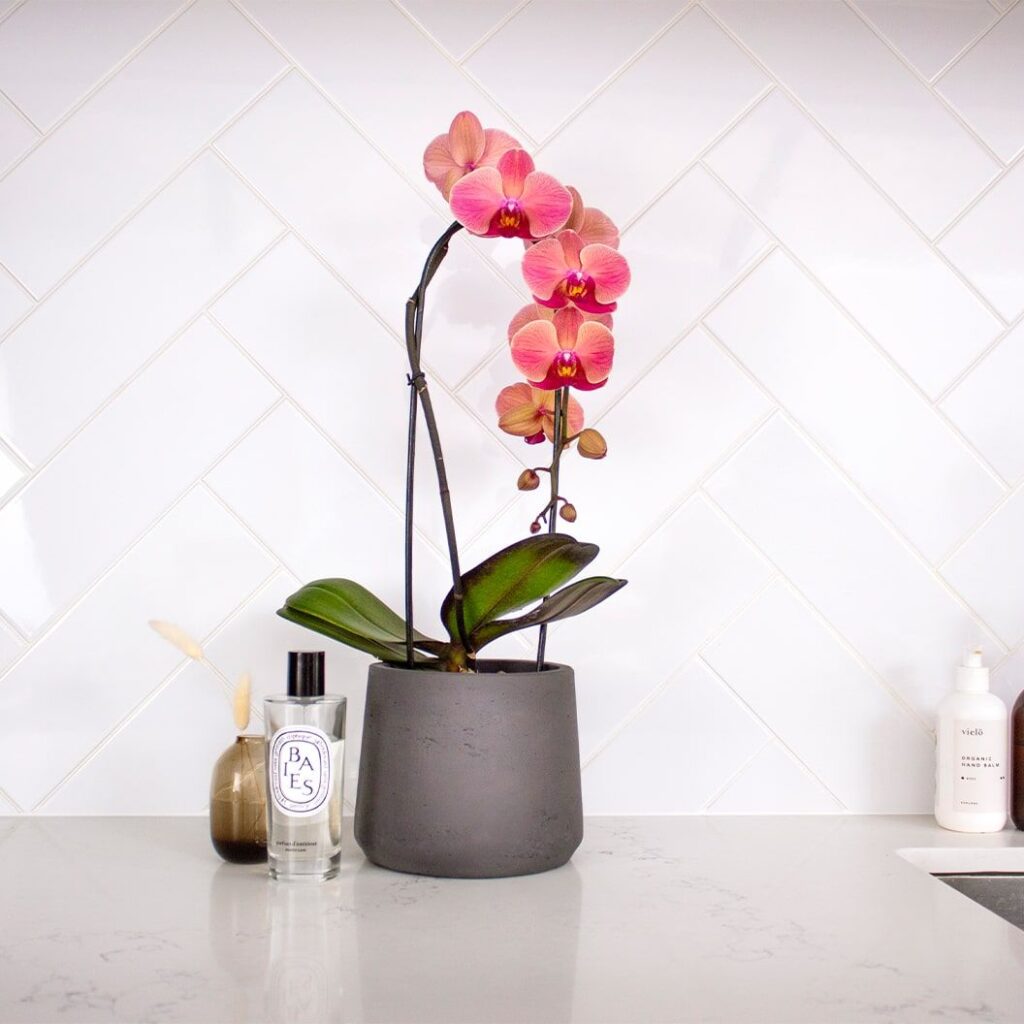
Watering Orchids: The Key to Success
One of the most misunderstood aspects of orchid care is watering. Orchids need moisture but also require their roots to dry out between waterings.
Watering Tips:
- Water your orchid once every 7 to 10 days, depending on your home’s humidity and temperature.
- Always water in the morning to allow excess moisture to evaporate.
- Use room temperature water and thoroughly soak the potting medium.
- Allow water to drain completely — never let the pot sit in water.
Signs of Overwatering:
- Yellow, limp leaves
- Mushy, brown roots
- Mold or rot in the pot
Signs of Underwatering:
- Wrinkled, leathery leaves
- Dry, brittle roots
Tip: Use the finger test — if the potting medium feels dry an inch below the surface, it’s time to water.
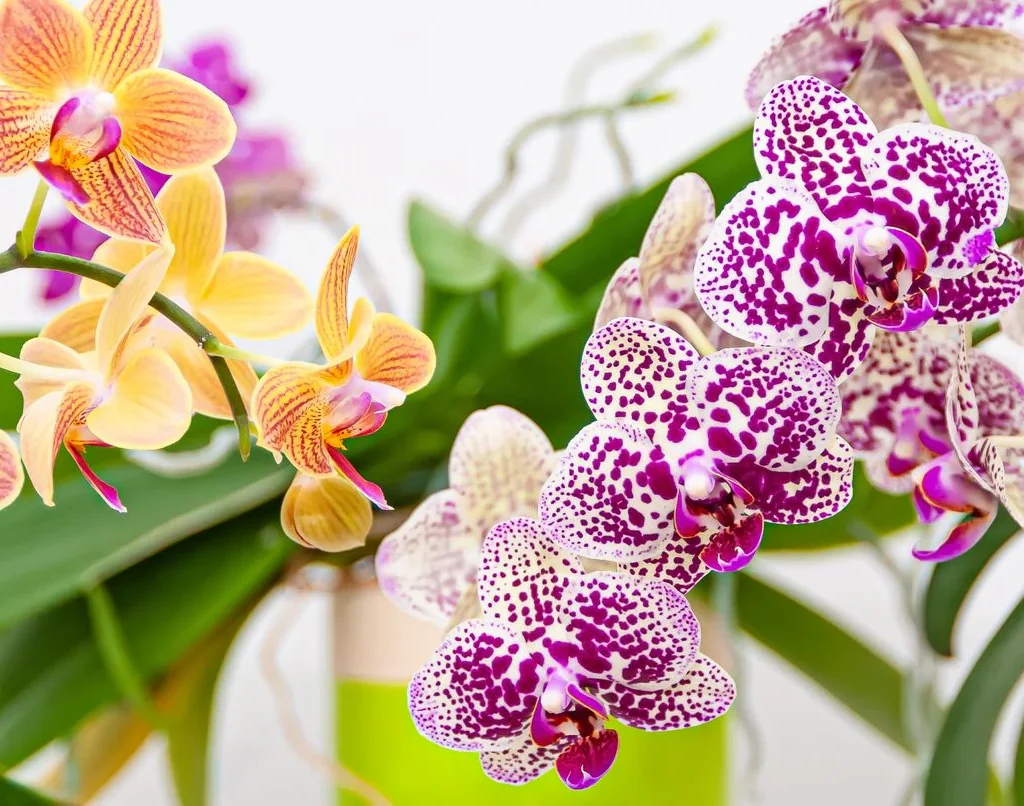
Fertilizing Your Orchid
Orchids need regular feeding to support their blooms and new growth.
Fertilizer Tips:
- Use a balanced orchid-specific fertilizer (20-20-20) or one labeled for houseplants.
- Apply every two weeks during the growing season (spring and summer).
- Reduce fertilizing to once a month in fall and winter when growth slows.
Feeding Method:
- Dilute the fertilizer to half the recommended strength.
- Apply after watering, never to dry roots.
Pruning and Repotting Orchids
1. Pruning After Blooming
Once an orchid’s flowers fade:
- Cut the flower spike down to the nearest node (small bump) for potential reblooming in Phalaenopsis orchids.
- If the spike turns brown, trim it off completely at the base.
2. Repotting Orchids
Repot every 1 to 2 years or when:
- The potting medium breaks down.
- Roots outgrow the pot.
- The plant appears unhealthy.
Repotting Steps:
- Remove the orchid from its pot and gently rinse the roots.
- Trim dead or rotting roots with sterilized scissors.
- Place the orchid in fresh orchid mix.
- Avoid watering for a day or two after repotting to let the roots adjust.
Common Orchid Problems and How to Fix Them
Even with the best care, orchids can occasionally face problems. Here’s how to troubleshoot common issues:
1. Yellow Leaves
- Overwatering
- Direct sunlight
- Natural aging of lower leaves
Solution: Adjust light exposure and watering routine.
2. Root Rot
Caused by excess moisture.
Solution: Remove rotted roots and repot in fresh, dry orchid mix.
3. Pests
Common orchid pests include:
- Mealybugs
- Aphids
- Spider mites
- Scale insects
Solution: Wipe leaves with a damp cloth or spray with neem oil or insecticidal soap.
4. Failure to Bloom
If your orchid isn’t blooming:
- Ensure it’s getting enough bright, indirect light.
- Allow a slight temperature drop at night.
- Maintain a regular watering and fertilizing schedule.
Seasonal Orchid Care
Spring and Summer:
- Increase watering and fertilizing.
- Move outdoors if temperatures stay between 60°F and 85°F.
- Protect from direct sun and heavy rain.
Fall and Winter:
- Reduce watering frequency.
- Lower fertilizing to monthly.
- Provide cooler nighttime temperatures to encourage blooming.
How to Encourage Orchids to Rebloom
Many people mistakenly discard orchids after their flowers drop, not realizing they can bloom again with proper care.
Tips to Trigger Reblooming:
- Keep your orchid in bright, indirect light.
- Maintain consistent humidity and airflow.
- Allow cooler nighttime temperatures (around 55°F to 60°F) in fall.
- Continue regular, diluted fertilizing during active growth.
Patience is key — some orchids can take several months to rebloom.
Final Thoughts
Orchids are stunning, rewarding plants that bring a touch of natural elegance to any home. While their care can seem intimidating at first, understanding their unique needs makes them surprisingly manageable.
By providing bright, indirect light, maintaining proper humidity, watering thoughtfully, and using the right potting medium, you can keep your orchid thriving and blooming for years to come. Plus, with a little practice and patience, you’ll find yourself eagerly awaiting each new, breathtaking bloom.
So, whether you’re nurturing your first orchid or expanding your collection, follow these care tips to enjoy vibrant, healthy orchids that steal the spotlight in any room.

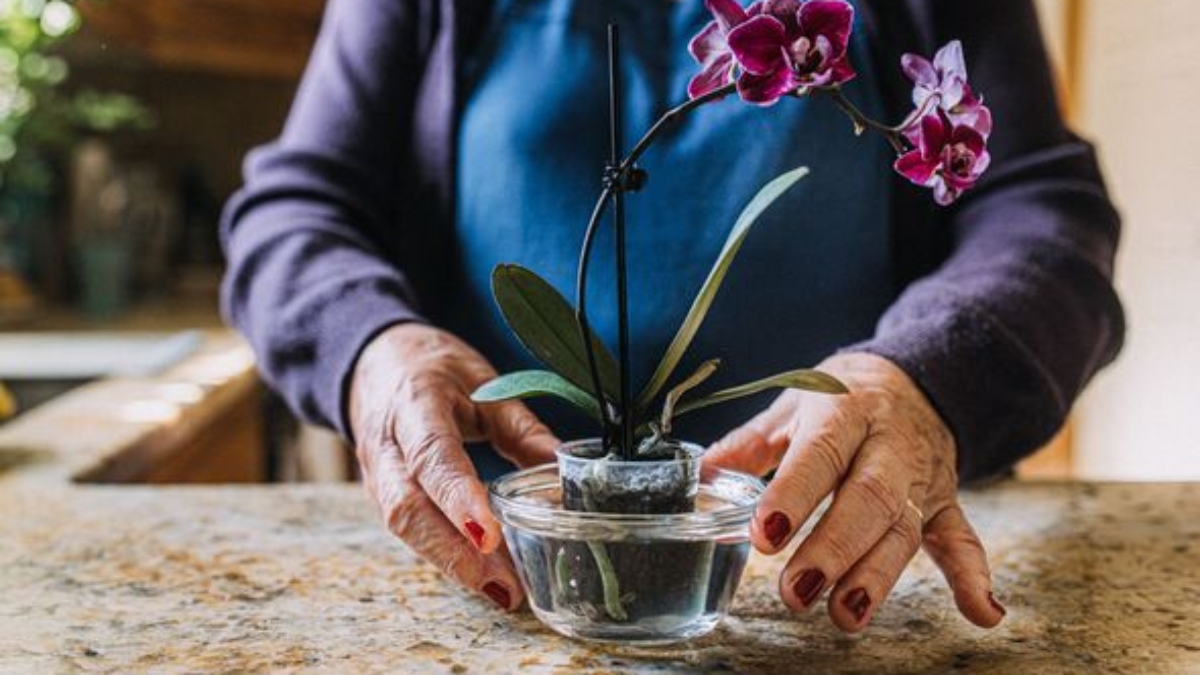




Leave A Comment